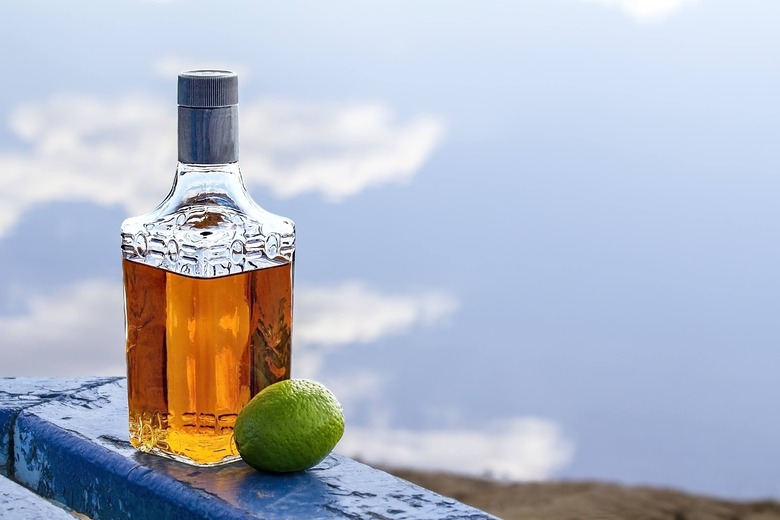A Taste Of Tequila In Mexico
Tequila is synonymous with Mexican culture and a spirit that many people have to come to enjoy. To expand your knowledge of tequila, there is no better place to go than Cancun. While the destination city is loaded with resorts and unique experiences, visitors can head to the Hyatt Ziva Cancun to learn the fundamentals of the spirit with tequila master Eduardo Mina.
As people eagerly wait to start their tequila experience, they will notice the energetic and youthful Mina arrive in traditional Mexican attire, a charro suit. Realizing he wanted to become a tequilier at a young age, Mina wanted to educate others and change their perception of tequila. "I became interested in becoming a tequilier as a result of having asked some tourists about their perception of tequila," he said. "Unsurprisingly, their answers were all similar: 'Shots; just to have fun and be crazy on spring break.'"
The private tastings are unique experiences that guide people through the process of making tequila, why it is a vibrant part of the Mexican culture, and how to properly drink the spirit.
Since coming to prominence in the sixteenth century, tequila has been a drink of respect in the country. Fast forward to 2016, and there are five kinds of tequila that are served, including the unaged blanco or silver tequilas, the less-than-two-months barrel-aged young or abocado tequila, and the one-to-three-year cask-aged añejo tequila. Each type has a different, complex, and interesting taste because the spirit goes through various aging processes in oak barrels. "The barrels are where we obtain different kinds of tequila flavors, including the aromas and colors, because the barrels are burned inside as whisky barrels are," Mina explained.
To fully grasp the importance of tequila, people need to understand the extensive process that takes place from the agave plant to the bottle. "The agave plant takes between eight to 10 years to mature," Mina said. Once the plant has ripened, it goes through the first step, called "jimar," which involves cutting the agave leaf to get to the pineapple, the heart of the plant. "We call it the pineapple because it looks like the fruit, but the size is around 160 pounds to 200 pounds," he explained. The pineapples are then placed into an oven to extract the sweet juices of the agave, and are shredded under a "thaona," a large stone wheel. "The juices will then go through fermentation, resulting in what is called 'mosto,'" Mina explained. After fermentation, the product is distilled twice to be considered tequila.
After gaining an understanding of the spirit, it's time to put your taste buds to the test. Mina instructs attendees to discover the aromas of the blanco, one-year aged resposado, and three years aged añejo. Within one breath, the scent of agave with notes of oak, caramel, pepper, citrus, fruit, florals, and butter become prominent. Instead of taking a shot of the spirit, people are encouraged to take a small sip, inhale, and then swallow and exhale through their nose. "It is the way in which we can identify the body, the essence, the color, the taste, and the persistence of tequila — things that we're never going to find in a shot glass," Mina notes. "People don't realize that tequila should be enjoyed as a good wine or a good cognac and that there is a specific, unique glass made for drinking tequila. Tequila doesn't have to be cold, and should actually be sipped at room temperature." The common pairing of salt and lime are only intended to refresh the palate, but do not improve the flavor.
Just as France has the original region of Champagne, the same goes for tequila. The product must be grown in the areas determined by the Tequila Regulatory Council. "Sometimes you will find a product made with the agave plant, but is not made in the specified regions," Mina said. "It cannot be called tequila; instead it is called 'agave distilled.'"
One popular form of agave distilled is mezcal, which has numerous distinct differences from tequila. "The production processes are very similar but they are not equal," Mina explained. Mezcal is typically filled with a smoked mesquite charcoal flavor. Still an impressive spirit, it can be produced with different types of agave, unlike tequila.
"Tequila is Mexico, and as a Mexican, it is an honor for me to spread the tequila culture at the global level," he said. "Everyone should know about this product."
